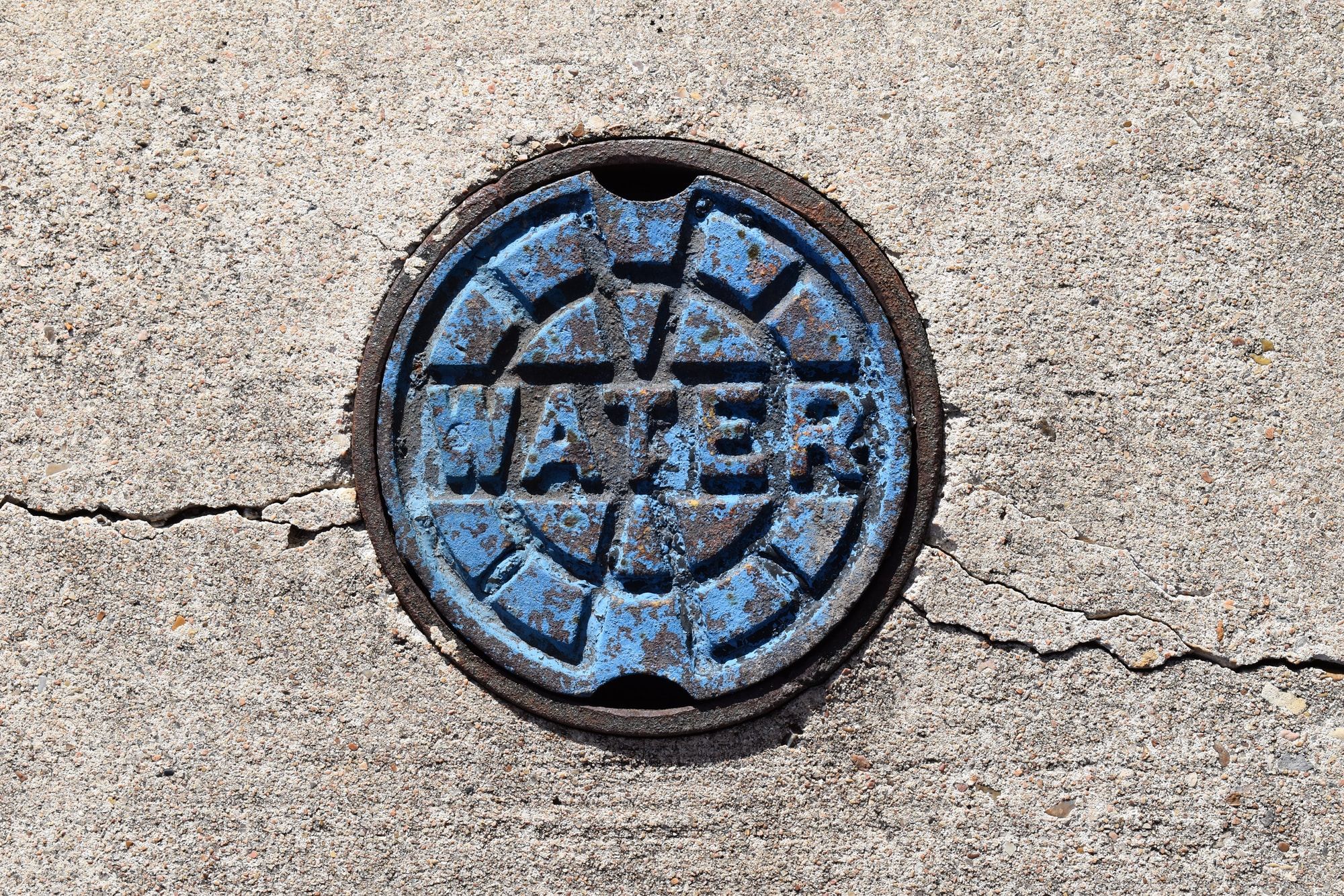SEWAGE SOAKAWAYS
What is a Sewage Soakaway?
A sewage water soakaway is not the same as a surface water (roof water) soakaway. The only function of a surface water soak away is to disperse the water into the ground, but a sewage soakaway has two functions:
- To soak the septic tank liquid away.
- To treat the effluent to remove suspended solids bacteria and viruses, nitrogen and phosphorous. using natural aeroibic bacteria which grow within the soakaway.
This is to avoid groundwater contamination, as much of our drinking water is sourced from it.

There are 3 tests that are mandatory before you can have a soakaway:
1.
Determine that you are not in a groundwater source protection zone. Contact us if you are not sure and we can help you find out.
2.
Dig a Trial Site Assessment Hole. This is a hole that is dug to test the highest point of the water table at any time of the year. It is a large hole, min 1m and max 2.1m deep. The groundwater must never rise into this depth.
3.
Conduct a series of Percolation Tests. These are a series of tests done to assess the porosity of the soil. For example, sandy soils are more porous than clay soils and the water will soak away faster in sandy soil than heavy clay.
Percolation Test Explained
A percolation test should not be carried out during abnormal weather conditions and if done in summer, then the times should be increased by 30% to 50%, depending on the recent weather.
The percolation test method
- Excavate a hole 300mm (12in) square and 300mm (12in) below the proposed outlet from the septic tank or sewage treatment plant.
- Dig the test hole vertically to the appropriate depth. Remove all loose debris.
- Mark the hole 75mm (3in) from the bottom and 75mm (3in) from the top by pushing 6 inch nails into the sides of the of the percolation test hole.
- Fill the test hole with water to a depth of at least 300mm (12in). Allow to seep away overnight.
- Next day, refill the test section with water to a depth at least 300mm (12in). Observe the time, in seconds, for the water to seep away from 75% full to 25% full.
- Divide this time by 150mm (6in), (i.e. 50% of the 300mm (12in) depth). The answer gives the average time in seconds (V) required for the water to drop 1mm.
- Carry out the test at least 3 times, with at least 2 trial holes. The average figure from the tests should be taken.
Drainage field soak away disposal should only be used when percolation tests indicate average values of V of between 15 and 100 and the preliminary site assessment report and trial hole tests have been favourable. A percolation test is deemed to have failed if the results are less than 12 or more than 100.
This minimum value ensures that untreated effluent cannot percolate too rapidly into ground water. Where V is outside these limits effective disposal is unlikely to take place in a soak away drainage field.
* Some Councils insist that percolation tests are carried out by 'qualified persons' and do not accept your own test results. You may be required to contact a contractor to carry out the percolation test. Please check with your Local Authority
SOAKAWAY FUNCTIONS
To find out more on Sewage Soakaway Functions and how the Percolation test is carried out, click below for a more in depth explanation...
